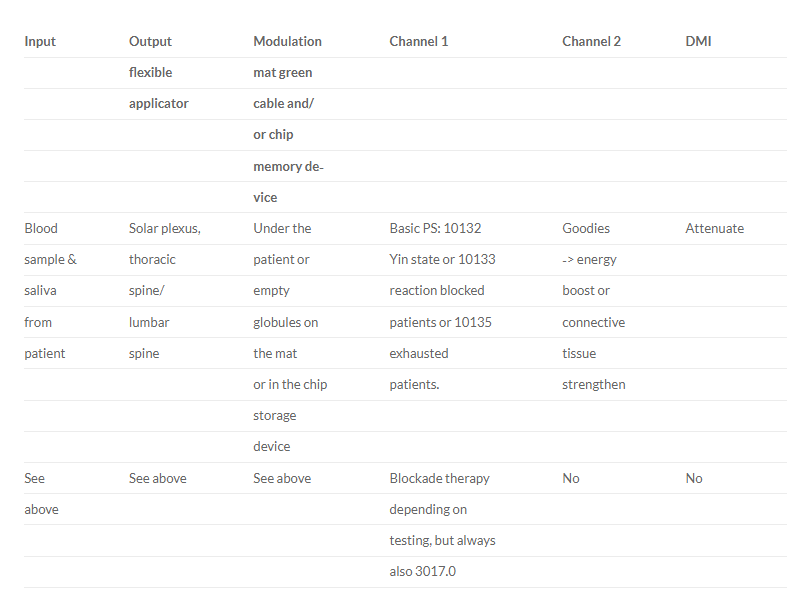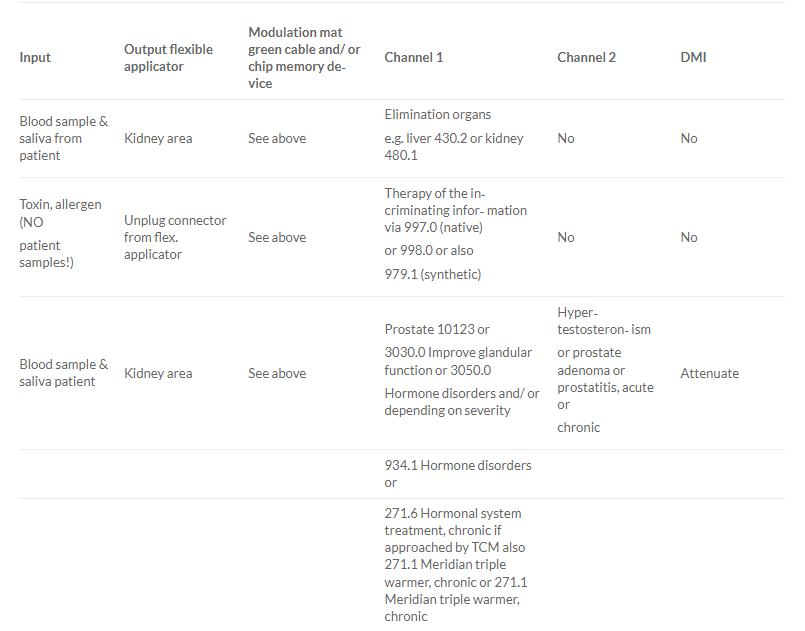
Endocrinological diseases in dogs and horses (and humans)
Dr. Christina Eul‐Matern, Veterinarian, Idstein
My name is Christina Eul‐Matern. I am a veterinarian and run a naturopathic practice with three main pillars: acupuncture, osteopathy and bioresonance therapy. Since these pillars are harmoni‐ ously intertwined and complementary, we use conventional medical procedures only marginally.
Today I would like to introduce you to our concept, according to which we have successfully inte‐ grated bioresonance into an existing practice and with which we are able to treat particularly com‐ plex cases in a meaningful way.
Procedure
The first contact with the practice leads the patients to a veterinarian who is trained in Chinese medicine and osteopathy or bioresonance.
During the interview and observation of the animal, the veterinarian takes a detailed history of the animal’s origin, socialization, living conditions, diet, tasks, interests, activity and resting behav‐ ior, as well as vaccination and deworming rhythms of the animal. After that we ask about previous diseases, sensitivities, peculiarities, operations, sexual behavior, and possibly reproduction. Only then do we ask about the reason for the visit to our practice. Often, we are then presented with a long list of previous therapeutic approaches. Especially with multimorbid patients, conventional medicine quickly reaches its limits and the ignorance of the energetic connections of many symp‐ toms often leads to unsuccessful treatments. The most obvious problem is often put in the focus of the therapy and any undesired side effects in other parts of the body are accepted for as long as possible. Especially in the case of endocrinological diseases, the symptoms can appear so varied and confusing that the conventional doctor, with a limited choice of remedies, “stretches out his arms” in frustration and declares the patient to be out of treatment options.
When such patients come to us, our work only begins.
What does the term endocrinological disorder even mean?
Endocrinology is the “study of hormones” and deals with endocrine glands that secrete their prod‐ uct internally, directly into the blood, without an excretory duct. This is in contrast to exocrine glands (e.g. salivary, sebaceous glands).
Common endocrinopathies in veterinary medicine include:
Thyroid diseases
Cushing’s syndrome (overproduction of cortisol)
Addison’s disease (deficiency of adrenocortical hormones)
Prostate hypertrophy with hyperandrogenemia
Permanent rosacea, nymphomania
Azyklie in the bitch or mare
Diabetes mellitus
Hypoglycemia g. in insulinoma
Therapy structure
An anamnesis and holistic diagnosis based on Chinese veterinary medicine already give us valua‐ ble clues as to which functional circuit the problem is located in and which organs are affected.
This gives us a picture of the patient’s condition, the condition of the internal organs, their interac‐ tions and meridian imbalances. In addition, possible existing lesions in the skeleton and fascia area are resolved.
For patients who are then suspected of having a complex, endocrinological disease, we take two drops of blood on a piece of blotting paper, dry it well and give it to the bioresonance department together with the documents. There an individualized testing takes place on the basis of the blood sample. We inform the owner that after the testing he will receive a phone call with the prelimi‐ nary results and should then make an appointment. We always test the individual patient in this way first before a treatment cycle in order to be able to provide a truly individualized and effective therapy. I explain to the owners that acupuncture works at the meridian level and bioresonance works even more differentiated at the cellular level, so both systems go very well hand in hand.
Then, based on the blood, a test is performed according to the following schematic:
Testing schematic
Frequency testing
The results can be very different. Depend‐ ing on the result, further testing is then carried out in the corresponding area. The basis of the interpretation are the correla‐ tions from Chinese medicine.
StressesAllergic potentialBasic therapy:
Basic program Blockage therapy
Opening of the elimination organs Intestinal treatment
General therapy schematic
According to the results of this testing, the corresponding basic program is then chosen, and the organ of elimination and the specific elimination focus is selected. Since we are not only looking for the energetic imbalance, but also for the reason for it, the testing of burdens, toxins, allergies,
stress, as well as blockages of a physical and mental nature are especially important to me. In my experience, such things are energetically blocking and very often involved causally in malfunctions of endocrinological organs.
It is therefore also inevitable to include these problems in the therapy in advance. Only then will the affected organs have a chance to recover.
In order to eliminate toxins and burdens, the elimination organs must be activated. To make their work easier, we always add zeolite or bentonite to patients who have tested positive. If intestinal treatment is necessary, it is always additionally supported with probiotics and brewer’s yeast.
After three to four bioresonance sessions, the patient is then presented to me again and the cur‐ rent health status is compared. This can then also be used to adjust the further course of therapy.
After 6 ‐ 8 weeks at the latest, a follow‐up test is then scheduled for most patients to check what has also changed at the cellular level. This result is compared with the patient’s physical and psy‐ chological condition and the further procedure is discussed.
When patients live too far away to visit the practice regularly, or in the case of horses, bioreso‐ nance therapy is performed by means of the preparation and administration of globules or chips. In these cases, a follow‐up test is regularly performed after 6 weeks so that the patient’s condition can be checked.
Examples of special programs used for endocrinological disorders in animals and humans
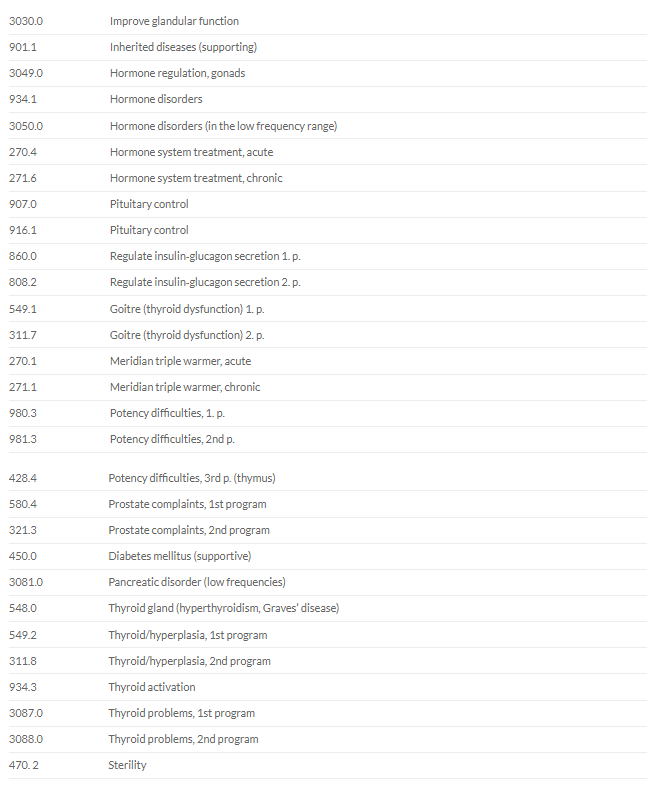
Program sequence
30006 Hormone treatment, pseudopregnancy, satyriasis
1st week: 31006 Hormone treatment, pseudopregnancy, satyriasis (with horm. con‐ trol and lymph)
2nd week: 32006 Hormone therapy, pseudopregnancy, satyriasis (with vegetative control and mastitis)
30007 Laminitis, acute
1st week: 31007 Laminitis, acute (reaction blockage, geopathy) 2nd week: 32007 Laminitis, acute (with toxin connection, trauma)
30008 Laminitis, chronic
1st week: 31008 Laminitis, chronic (reaction blockage, lymph activation) 2nd week: 32008 Laminitis, chronic (after trauma, toxins)
Possible support from channel 2 depending on the case
Diabetes
Hormone deficiency ovary
Hypercortisonism
Hypertestosteronism
Hyperthyroidism
Hypothyroidism
Adrenal weakness
Estrogen deficiency
Testosterone deficiency
Thyroiditis Hashimoto
Pancreatitis acute/chronic
Oxygen deficiency
C02 surplus
Acidification
Example treatments for endocrinological disorders
Therapy schematic hypothyroidism

Therapy schematic Cushing syndrome
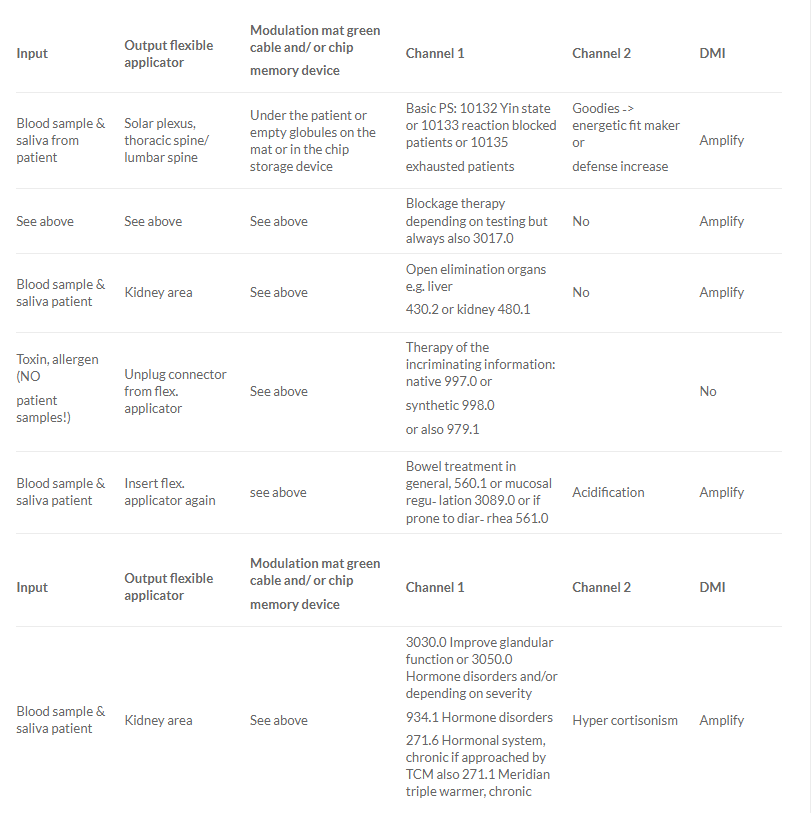
Therapy schematic prostatic hypertrophy
